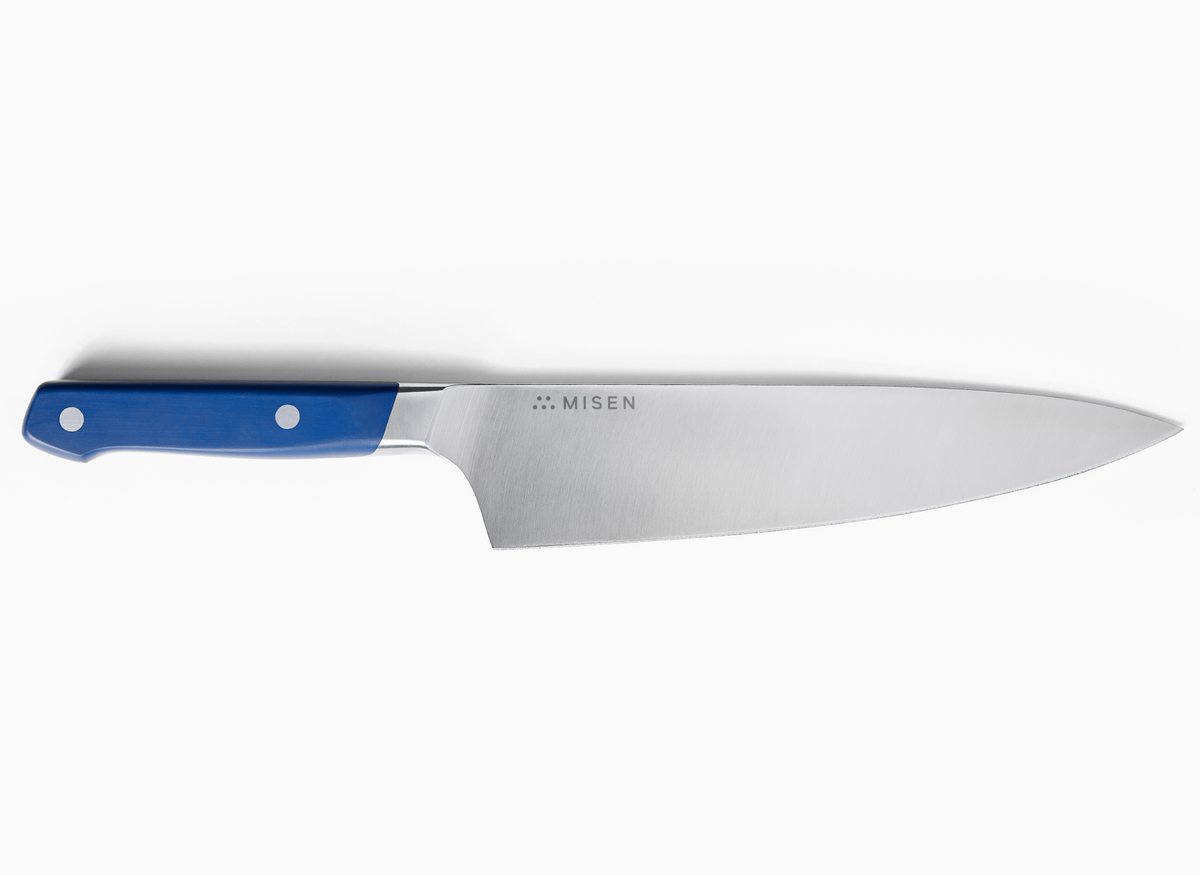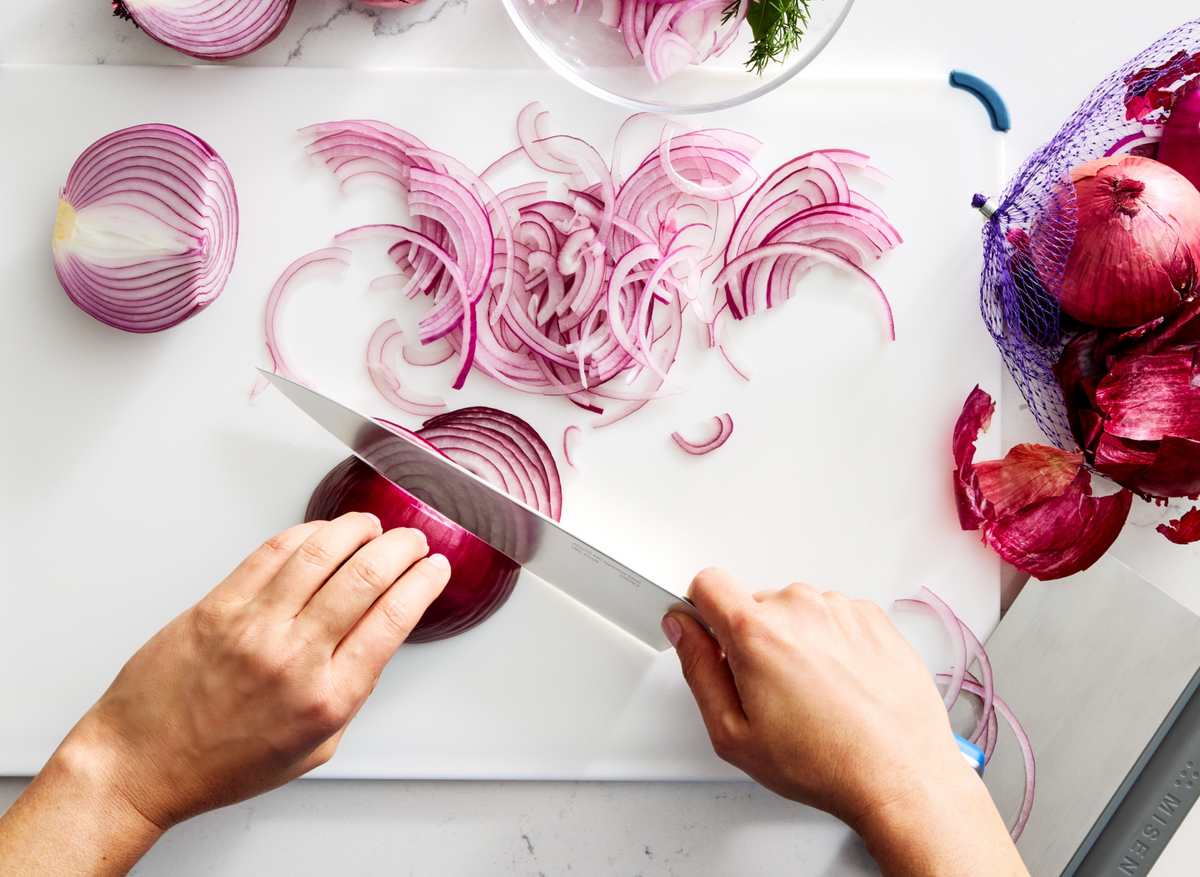Delicate foods like eggs and fish cook better in nonstick cookware.
It’s easier to overheat a skillet than you think. An empty pan left on the stove on high heat can reach 500 degrees Farenheit in less than two minutes. That’s higher than what’s recommended for PTFE.
It’s not necessary to preheat a nonstick pan because food that cooks better in nonstick skillets does not need a high temperature. Fried or scrambled eggs, for example, will do nicely at just 160 degrees. Even bacon will cook up to crispy goodness at about 465 degrees in a nonstick skillet.
Certain types of foods fare better in cookware coated with PTFE because they benefit from both the nonstick properties of the pan and the lower cooking temperature. Because food seldom sticks to it, you also can cook with less butter or oil. Here are some of the things we recommend cooking up in your nonstick pan.
Without that slippery protection, the proteins in eggs will stick to a metal pan during cooking. But with a nonstick pan, you won’t lose any of your breakfast.
Cookware with nonstick properties does a better job cooking shellfish and many types of fish fillets. The delicate structure has a tendency to crumble in metal pans. Plus, too much oil or butter can mask seafood’s delicate flavor.
Tortillas and frittatas turn out better using nonstick cookware — especially if you plan to flip them during cooking. Crepes and pancakes also fare better in a nonstick skillet, and not just because of the flipping. Since you’ll be cooking slower on a lower temperature, you won’t have to worry about biting into raw pancake batter.





